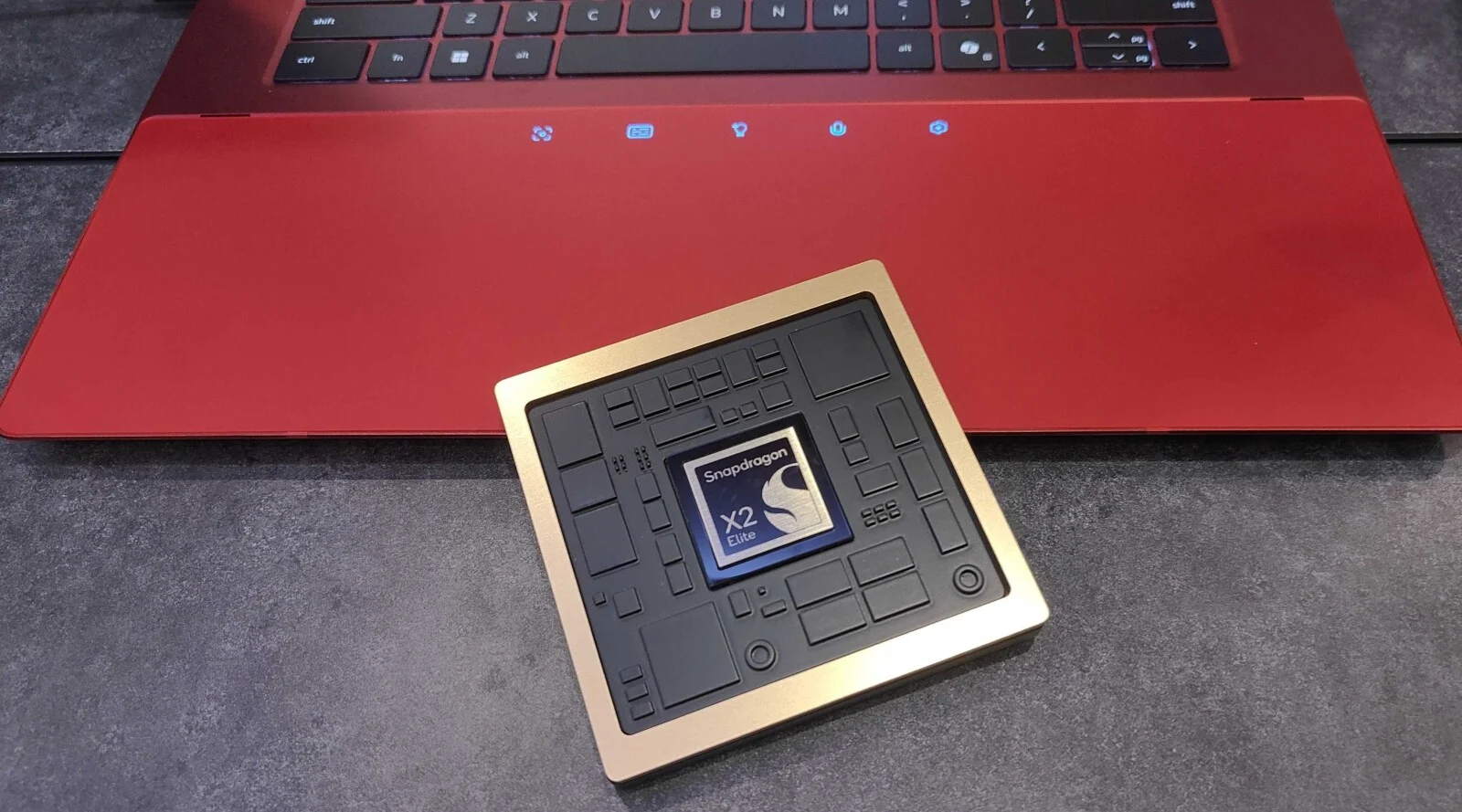The Quadrantid meteor shower is the first one to make itself visible in 2015. The Quadrantid meteor shower will be peaking this weekend, in the northern hemisphere and for those who have the right conditions, and live in the best locations – viewing will even be possible for those star gazing individuals. Uniquely, this meteor shower has a name origin that doesn’t make sense when compared to other meteor showers. At least in the textbook sense. Usually, meteor showers are named after the locations in the sky where they come from. Meaning, the constellation in the sky that they radiate from – or the location where it would appear as though the shooting stars are coming from.

Most stargazers who understand where meteor showers get their names, know that there is no constellation named Quadrans – or any variation close to it. However, it’s interesting to note that there was once a constellation that was named Quadrans Muralis, but in 1922 was made a part of the constellation known as Boötes. As for getting to see some of the action from this meteor shower, Quadrantid doesn’t disappoint. It’s actually one of the most formidable meteor showers of the entire year – according to experts, but the window of time, through which seeing the action happen is considerably shorter than others.
For those who want to watch it though, the best time to see the show will be late Saturday evening, into the very early hours of Sunday morning. From 9pm Saturday night through dawn on Sunday, it would appear as though stargazers will have the best opportunity to see some of the action. However, if you live in North America, the likelihood of seeing the event will be significantly less. NASA has estimated that those who live in the northern parts of Europe and Asia will have the best opportunity to see some of the action as this event peaks this weekend.
http://thehoopsnews.com/2015/01/02/2929/elk-heard-drown-near-pagosa-springs/
Starting at 11pm though the Slooh Space Camera will be broadcasting the meteor event live. NASA estimates that roughly 80 meteors an hour, during the peak window of time, will be seen from the locations that are successful in seeing the event transpire. However, that being said, the normal rules apply. Cloud cover, rainy weather, or low clouds will all hinder any visual success of seeing the Quadrantid meteor shower take place during peak hours.








Add Comment